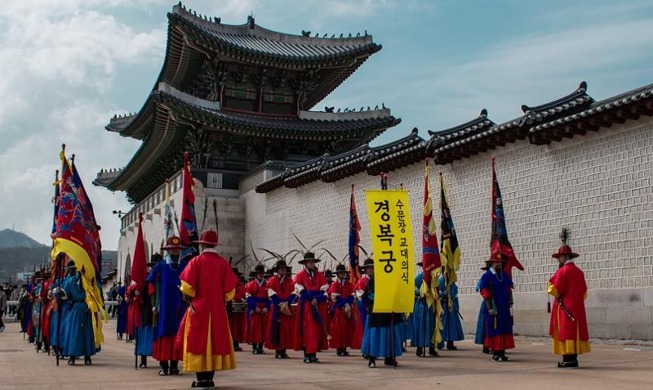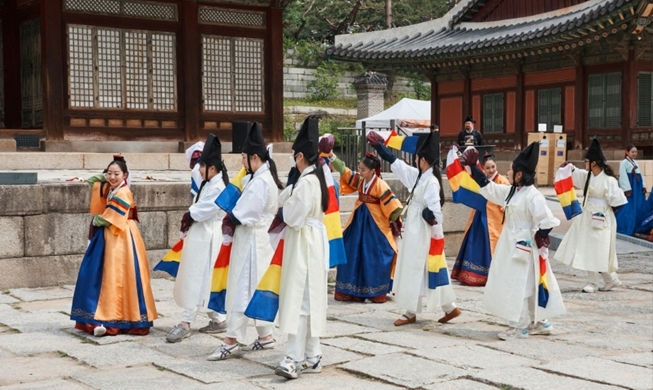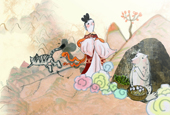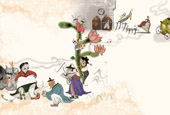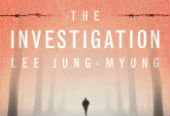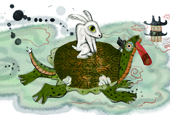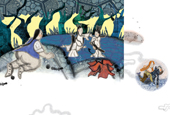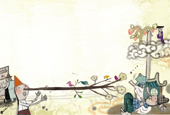-
 Korea.net's 24-hour YouTube channel
Korea.net's 24-hour YouTube channel- NEWS FOCUS
- ABOUT KOREA
- EVENTS
- RESOURCES
- GOVERNMENT
- ABOUT US
View this article in another language
- 한국어
- English
- 日本語
- 中文
- العربية
- Español
- Français
- Deutsch
- Pусский
- Tiếng Việt
- Indonesian
The swallow has been a friend of humankind since the dawn of our species. They’ve eaten unwanted insects, inspired inventors and engineers, and moved the hearts of writers and poets. Given their close relationship with humankind, it’s unsurprising that they’ve found themselves the frequent subject of folktales and lore.
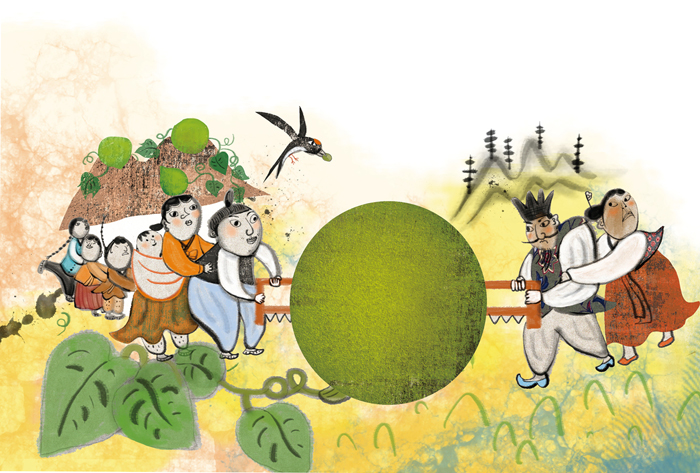
In the West, their migratory patterns have made them a symbol of the changing seasons and, in particular, the coming of spring. Their breeding grounds can be found in northern latitudes, but come winter, they migrate to warmer, more southerly climes before returning to their breeding grounds the following spring. Western literature is replete with references to the ubiquitous bird—Aristotle, T.S. Eliot, Virgil, and even William Shakespeare have made mention of the feathered creature.
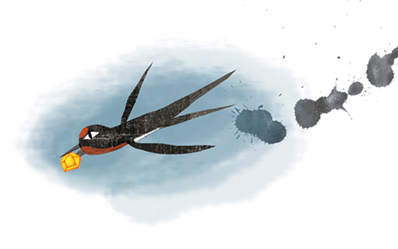
Perhaps the most touching eulogy to the swallow is “The Happy Prince” by Irish writer and poet Oscar Wilde. In “The Happy Prince,” a swallow forms a very special friendship with a grand, gold- covered statue of a “happy prince,” which in fact contains the soul of the original prince. The prince, both saddened and inspired by the human misery he is forced to watch over, convinces the swallow to abandon his annual flight to the south to help him perform acts of kindness for the city’s needy. After many acts of self-sacrifice, the swallow finally dies from the cold, and the heartbroken statue— stripped of his gold and jewels—is torn down. But, thanks to their altruism, the two live on forever in Heaven. The swallow is depicted anthropomorphically; indeed, it may be the most human character in the entire tale.
The Korean folktale of Heungbu and Nolbu also features a swallow, and like the one in “The Happy Prince,” the swallow is very much a gift-giver, but a very different kind of one. Heungbu and Nolbu were two brothers; after their father died, the greedy older brother, Nolbu, kicked his younger brother Heungbu out of their house, forcing Heungbu and his family to live in poverty. One day, Heungbu rescued an injured swallow and mended its broken leg. The next spring, the swallow’s family returned from the south, giving Heungbu a pumpkin seed as a token of gratitude. Heungbu planted the seed, which grew into a giant gourd. When Heungbu cut the gourd in half, out poured jewels and other riches. The kind but poor Heungbu was now a very wealthy man.
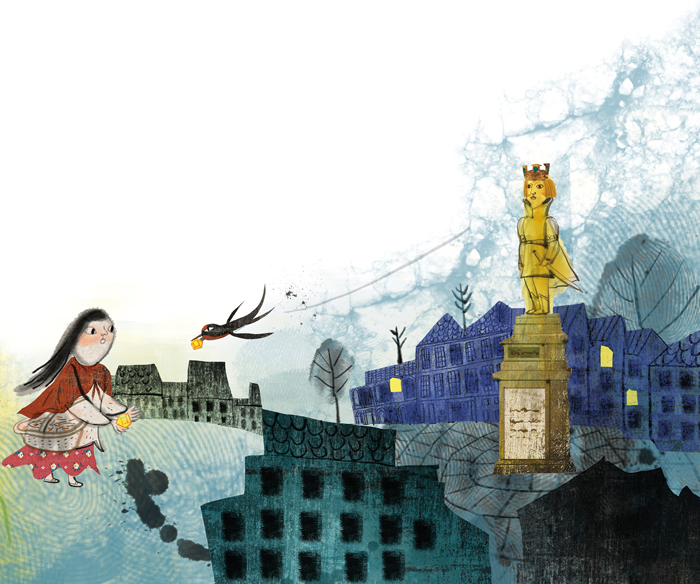

In the West, their migratory patterns have made them a symbol of the changing seasons and, in particular, the coming of spring. Their breeding grounds can be found in northern latitudes, but come winter, they migrate to warmer, more southerly climes before returning to their breeding grounds the following spring. Western literature is replete with references to the ubiquitous bird—Aristotle, T.S. Eliot, Virgil, and even William Shakespeare have made mention of the feathered creature.

Perhaps the most touching eulogy to the swallow is “The Happy Prince” by Irish writer and poet Oscar Wilde. In “The Happy Prince,” a swallow forms a very special friendship with a grand, gold- covered statue of a “happy prince,” which in fact contains the soul of the original prince. The prince, both saddened and inspired by the human misery he is forced to watch over, convinces the swallow to abandon his annual flight to the south to help him perform acts of kindness for the city’s needy. After many acts of self-sacrifice, the swallow finally dies from the cold, and the heartbroken statue— stripped of his gold and jewels—is torn down. But, thanks to their altruism, the two live on forever in Heaven. The swallow is depicted anthropomorphically; indeed, it may be the most human character in the entire tale.
The Korean folktale of Heungbu and Nolbu also features a swallow, and like the one in “The Happy Prince,” the swallow is very much a gift-giver, but a very different kind of one. Heungbu and Nolbu were two brothers; after their father died, the greedy older brother, Nolbu, kicked his younger brother Heungbu out of their house, forcing Heungbu and his family to live in poverty. One day, Heungbu rescued an injured swallow and mended its broken leg. The next spring, the swallow’s family returned from the south, giving Heungbu a pumpkin seed as a token of gratitude. Heungbu planted the seed, which grew into a giant gourd. When Heungbu cut the gourd in half, out poured jewels and other riches. The kind but poor Heungbu was now a very wealthy man.

Seeing this, greedy Nolbu decided he’d try the same thing. To help the situation along, however, he broke a swallow’s leg himself. Like Heungbu, Nolbu received a gourd seed from the swallow, which he dutifully planted. The seed grew into a gourd, but this gourd contained a nasty surprise. When Nolbu cut it open, out popped thieves who stole all of his property. Now a pauper, Nolbu begged his now wealthy younger brother to forgive him and take him in. Nolbu, ever the kind-hearted lug, agreed and the family lived happily ever after.
Written by Ko Yeon-kyung
Illustrated by Shim Soo-keun
*The series of old Korean tales has been made possible with the cooperation with Korea Magazine.




